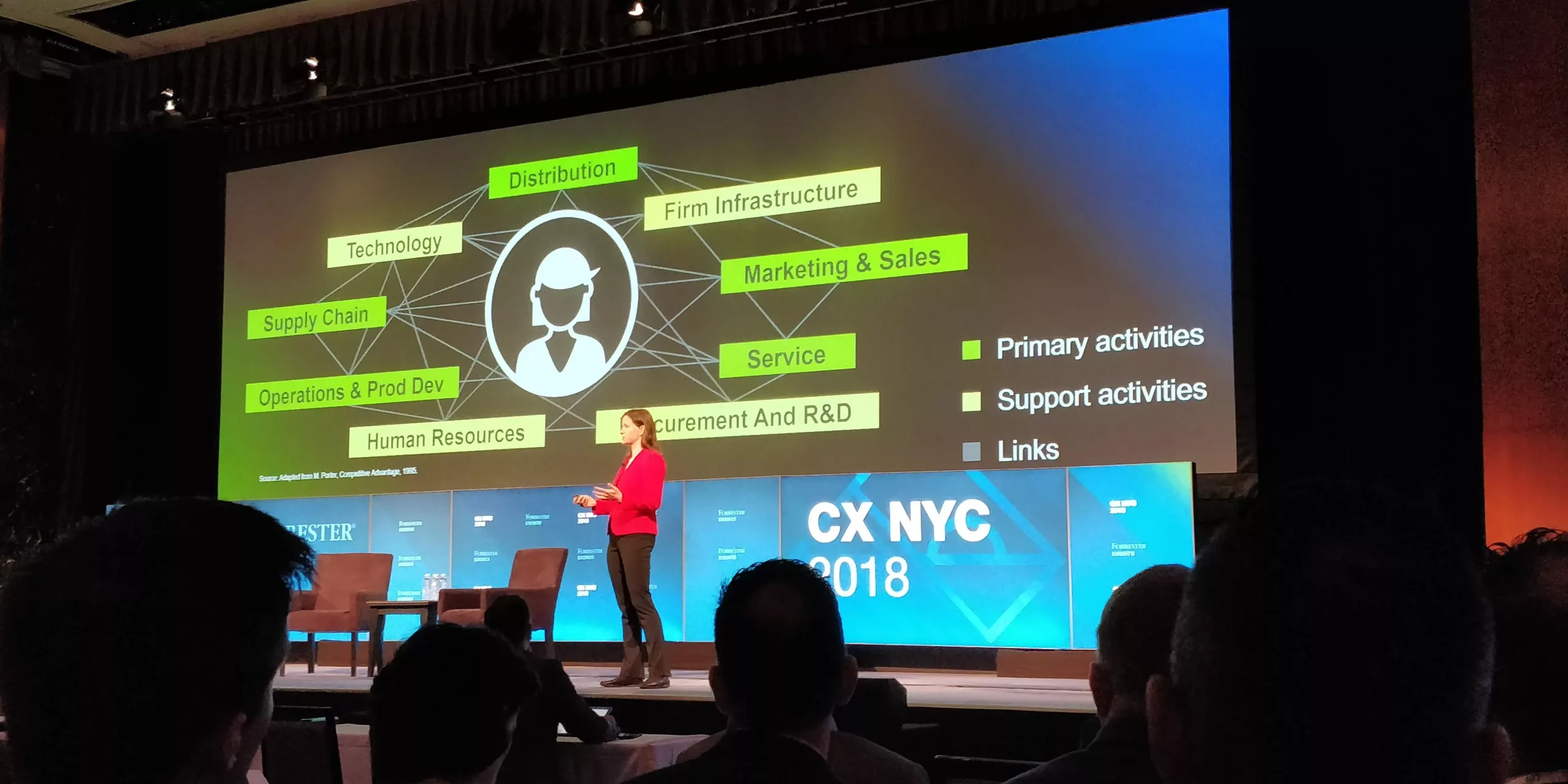Customer experience optimization refers to the ongoing process of understanding and meeting the needs of diverse customers across all touchpoints. It focuses on helping businesses build strong connections with their audience, increase customer satisfaction and drive loyalty and advocacy.
In this article, we will explore five essential customer experience optimization strategies that can transform your business and keep your customers happy, engaged and coming back for more.
- Develop a customer-centric culture
At the heart of delivering exceptional experiences lies the cultivation of a customer-centric culture. This begins by fostering a deep understanding of your customers’ needs, preferences and pain points, and ensuring that all commercial and customer-facing teams adopt these learnings in their day-to-day business.
Encourage all members of your teams, across the company, to embrace a customer-focused mindset, ensuring that every decision and action taken is guided by the objective of enhancing the customer experience.
As part of this, customer insight should also be freely shareable across all teams in order to develop better transparency and understanding. Initiatives to encourage knowledge sharing and technology solutions that are easy for all users to engage with remove barriers to utilizing customer insights and allow everyone to engage with customer insights in a ‘self-service’ fashion.
- Embrace personalization
Today’s consumers expect personalized experiences that are tailored to their unique preferences and behaviors. It’s not enough to take a one-size-fits-all approach, instead, organizations must ensure their products and services, messaging and brand identity speak to the needs of a diverse audience.
To do this, you must leverage data and technology to gather insights about your customers. Armed with this information, you can take steps to personalize each interaction – beyond addressing them by name – at every touchpoint.
Implement robust customer relationship management (CRM) systems to track customer interactions and preferences and track user behavior across the customer journey. Gathering and analyzing this data enables you to personalize their experience with relevant product recommendations, personalized offers and proactive support. Personalization demonstrates that you value and understand your customers, enhancing their overall experience.
- Beyond personalization
Personalization is often associated with the era of cookies. However, rising privacy concerns are catalyzing a new era of relevance. For this reason, it’s vital brands recognize the importance of first-party data and the use of AI technologies to discern deeper insights that aren’t only personalized but also relevant.
It’s no longer enough for companies to rely on personalization alone to drive long-lasting customer relationships. To achieve true ROI in your marketing, you need to understand your audience’s behaviors at a much deeper level and use this information to ensure your marketing and customer experience is relevant. This includes acknowledging what they don’t want you to understand and recognizing what they intend to do, as opposed to “who” they are on the surface or what they have done in the past.
- Streamline omnichannel experiences
Today’s customers engage with businesses through multiple channels, including websites, mobile apps, social media and physical stores.
To fully optimize your customer experience, it’s essential to offer a seamless and consistent omnichannel experience. This means that customers should be able to transition seamlessly between channels without becoming frustrated or losing context.
Creating an effective omnichannel experience requires brands to bring together lots of siloed data sets. This creates huge amounts of customer data and it becomes an impossible task for humans alone to search out the key insights that can optimize the customer experience when activated. A critical step here is to implement an AI copilot that can crunch huge amounts of data fast, cut through the noise, enhance the data and surface purely relevant insights that brands can act upon.
- Actively seek and act on customer feedback
Customer feedback is a goldmine of insights that can drive continuous improvement. Actively seek insights through surveys, reviews and social media monitoring to really know what your audience is thinking.
Pay close attention to both positive and negative feedback to identify trends and areas for improvement. Using this information, you can make data-driven decisions and implement changes that enhance the customer experience. As you perfect your direct and indirect customer feedback channels, also consider how you incorporate implicit feedback into the mix.
Furthermore, be sure to check in with your customers regularly to let them know their feedback is valued and showcase how their input is shaping your business. This could be in the form of a customer newsletter, a recorded message on an IVR or a more personal approach such as calling some of your customers back to empathize, give them feedback or simply to thank them. Actions of gratitude can often create positive word of mouth to drive acquisition and conversions for your business.
- Continuously innovate and adapt your strategies
To stay ahead in today’s rapidly evolving business landscape, continuous innovation is crucial. Do this by monitoring industry trends, emerging technologies and customer expectations to identify opportunities for improvement at every opportunity.
Be sure to embrace new technologies such as artificial intelligence (AI), chatbots and other automation solutions to streamline processes and deliver faster and more efficient service. Staying agile and continuously adapting to customer needs is the key to ensuring your customer experience remains relevant and competitive.




